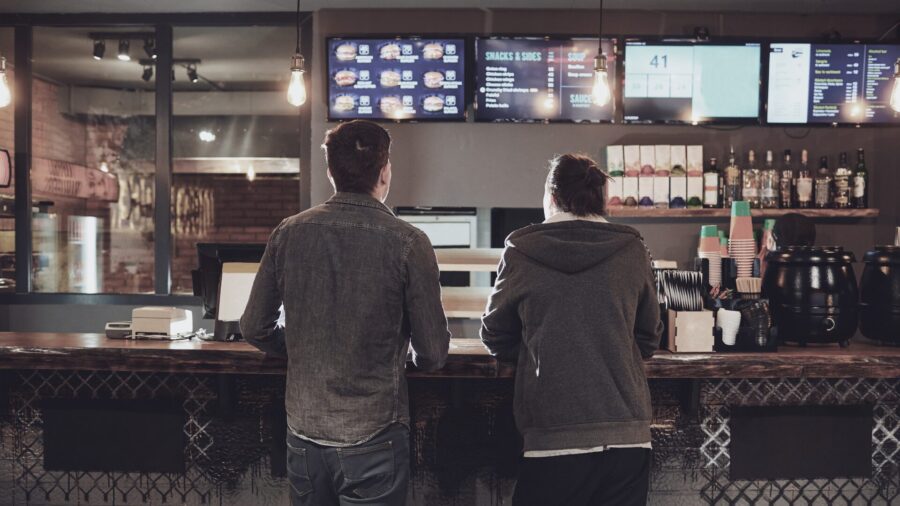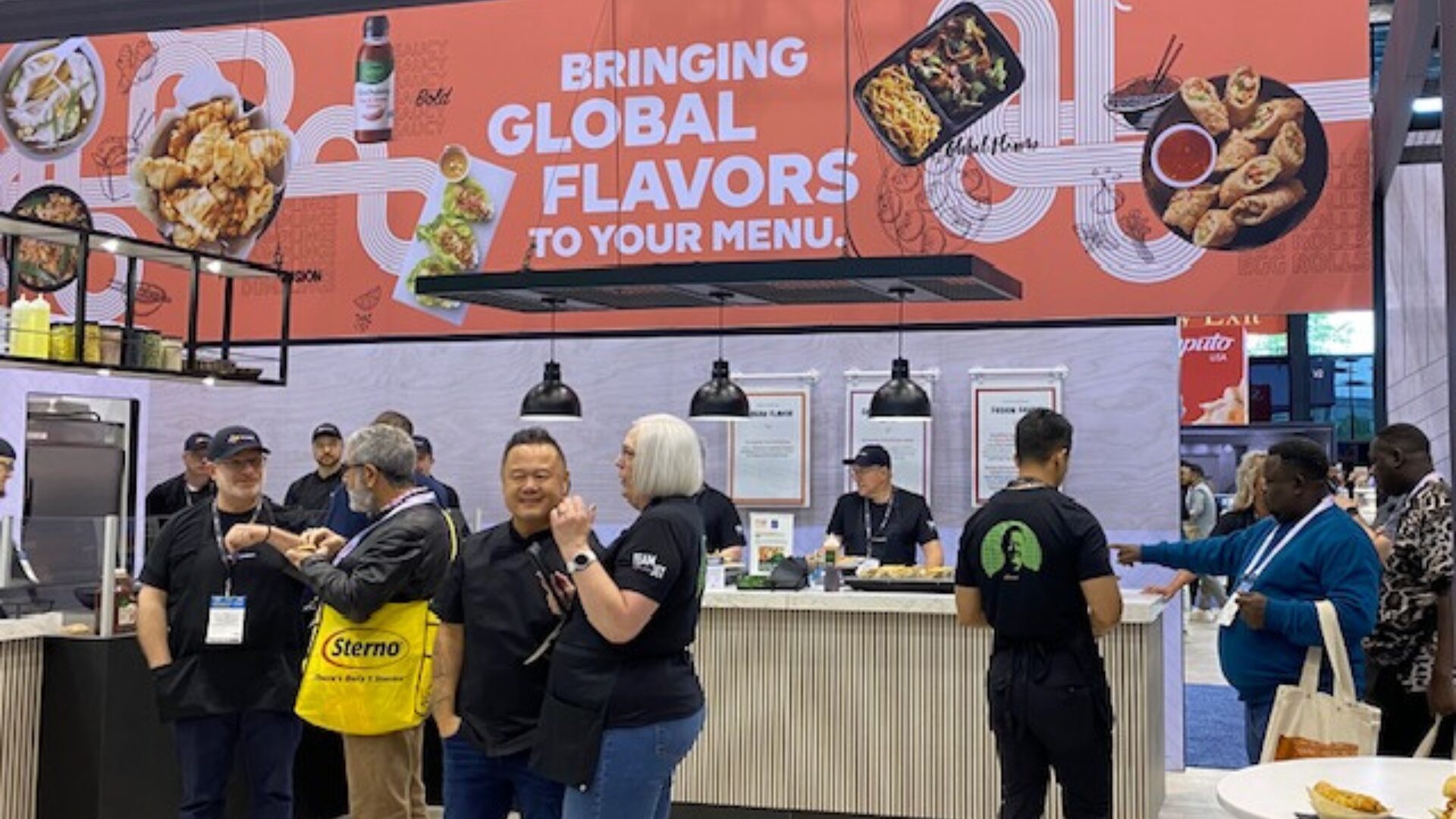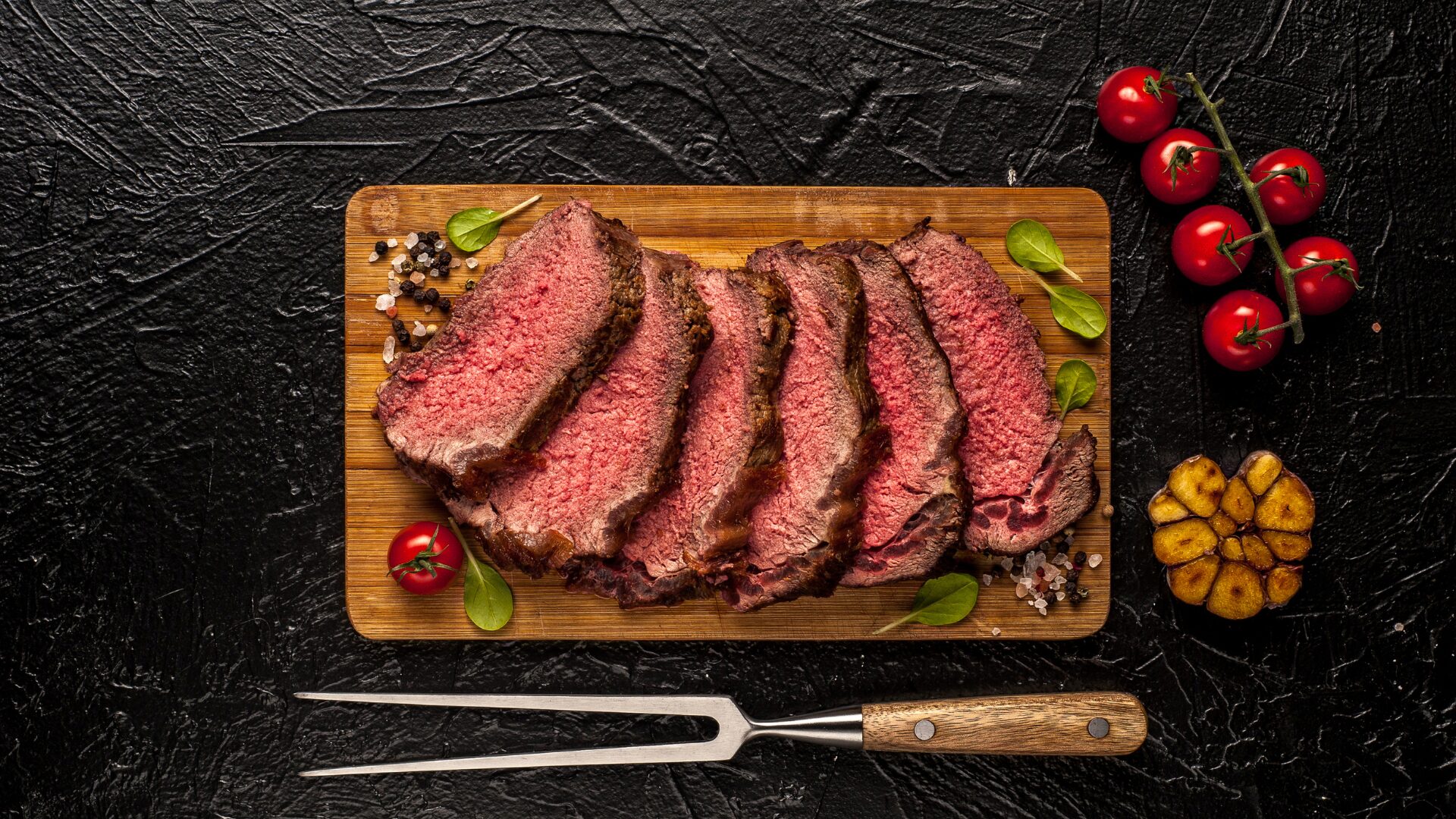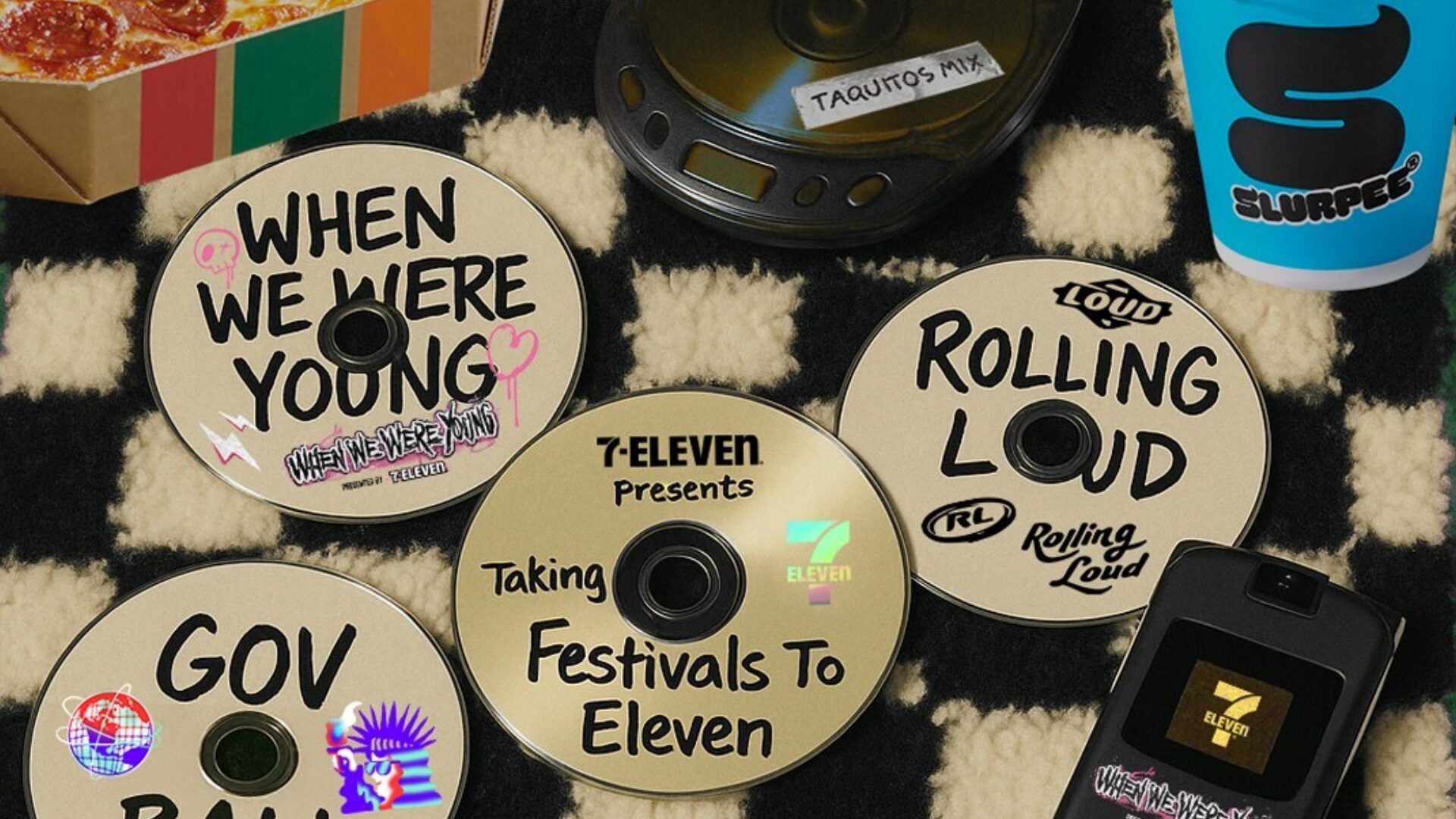Gen Z reportedly suffers from “menu anxiety,” and some young people are scared to order their own food at restaurants, according to a study by Prezzo Italian Restaurant.
The idea of paralyzing menu anxiety may be something of a misnomer; as a recent story from Business Insider points out that menu anxiety may have largely been triggered by the cost of meals; food inflation has receded from where it was a year ago, but not by that much.
Instead, the performative aspect of today’s high-tech, instantly gratified consumer lifestyle may be more to blame, as the study of 2,000 British individuals illustrates. Over 400 years ago, Shakespeare wrote, “All the world’s a stage / And all the men and women merely players” in As You Like It, and for the generation that grew up with chirping mobile phones in their pockets and the specter of social media haunting the most formative years of their lives, those words hold renewed import for all the influencers, followers, and businesses who benefit – or bend – under their collective eyes (and likes, and shares, and upvotes).
“External pressures have a significant impact on how Gen Z interacts with food and they’re more likely than other generations to feel pressure to eat a certain way to show that they’re healthy (60%), care about the environment (51%) and care about certain political issues (48%),” said Jimmy Szczepanek, managing director of food at Ketchum, to The Food Institute.
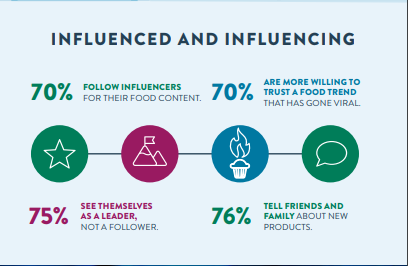
Courtesy Ketchum
Szczepanek added that as many as 25% of Gen Z feel pressure about their food choices from people on social media whom they’ve never met – nor have any real business with – in real life. Over 66% feel like their eating patterns are wrong, and “[Gen Z] is more likely than any other generation to attribute negative emotions and less likely to attribute positive emotions to food.”
Gen Z & Food’s Relationship Status: It’s Complicated
“The first thing to remember is that Gen Z is the first fully digital generation,” said Cedar Roach, Gen Z communication expert at Arvo PR & Executive Communications (and a member of Gen Z herself).
“Gen Z deals with constant information overload since we are constantly fed new information,” she added. “As a result, Gen Z suffers from what’s been coined as ‘decision fatigue,’ with about 48% feeling anxious most of the time as a result. So ‘menu anxiety’ is simply the manifestation of Gen Z’s overall ‘decision fatigue.’”
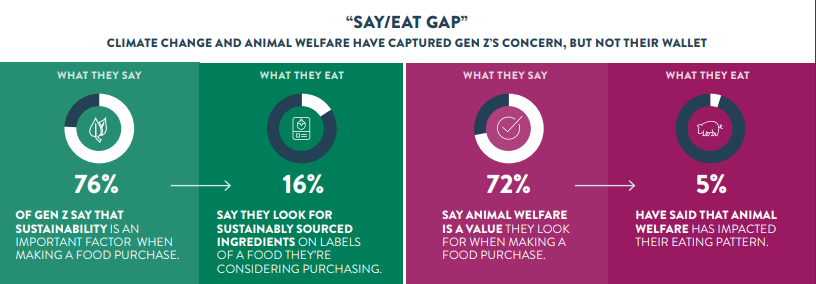
Courtesy Ketchum
To help combat this, Roach recommends that restaurants limit menu choices, use concise menu descriptions, and provide visual engagement; “As a digital generation, Gen Z has a notoriously low attention span, so having visually engaging menus is important to keep [them] engaged and limit ‘menu anxiety.’”
“Some consumers may like to browse, but more often they demand relevancy,” said Ori Bauer, CEO of Dynamic Yield, a data personalization company previously owned by McDonald’s and now operated by Mastercard.
“With overwhelming amounts of digital noise and stiff competition for wallet share, consumers are more likely to engage with a brand that delivers relevant, convenient, and engaging experiences across channels,” Bauer added.
To further frame this notion, brand strategist and founder of Motif Brands Reilly Newman referred to a well-known player in the American foodscape – In-N-Out Burger – in his comments to The Food Institute.
“Consider the In-N-Out menu, where options are simply numbered #1, #2, or #3, compared to a complex French restaurant where the decision-maker might struggle to pronounce the names of the dishes,” he said. “Even if an elevated experience is desired, it can still create a rather frustrating experience for the consumer.”
Clear Communication is Key
Chris Schneider has over two decades of hospitality experience and is creator of The Bar Business Coach, a restaurant consultancy. Schneider said much of today’s perceived menu anxiety is really out of the control of operators, though training and industry cues can help operators usher menu-torn patrons through their offerings and offer a more enjoyable experience.
“While it is impossible for a bar or restaurant to control the psychological state of our patrons, it is possible to provide an experience that minimizes friction points that make the guests nervous,” he told FI. “The main two areas where we can improve the guest experience are in our menu design and standards of service.
“Smaller, simpler, one- or two-page menus make it much easier for a guest to see all the available options at once,” he added, noting that menus need to be well organized into clear, concise categories. He also recommended not getting too cute with cuisine or drink names that fail to convey what they are – while it can be enjoyable to have a menu named after a different area of the neighborhood, for example, or after local musicians, authors, or celebrities, “those names do nothing to convey the dish to your guests.”
“We need to have conversations with our guests, ask them if they have questions about the menu, and give them time to decide, not rush them into a quick choice that will hurt their overall experience just so a table can be turned a few minutes quicker,” he concluded, and those conversations need to be driven by deliberate training to help a bar or restaurant’s staff guide patrons through the menu.
Despite the contemporary thrill of being offered what you know you’ll enjoy, Newman also points out one aspect often neglected by restaurant and retail technology – spontaneity.
“If all loyalty programs and data focus on delivering a customized experience based on my past interactions, then the predictive error of my future choices becomes that of randomness,” he explained.
“Humans are irrational creatures, and past performance never guarantees future results. By allowing individuals to browse and explore, we encourage a more curious experience that adds value…when we browse and discover, there is a sense of pride in our choices. Allowing this freedom empowers the consumer to discover a new favorite, or perhaps the simple pleasure of autonomy is enough to entice them to return.”
Gen Z can certainly be forgiven for merely bearing the technological and social circumstances of the world they’ve inherited; every generation before and since has endured the same. “What is past is prologue,” Shakespeare warned in The Tempest, and at the rate technology and the food/bev industry continues to evolve, menu anxiety may be yet another passing blip on the map of today’s culture and formidable foodscape – that is, until Gen Alpha comes of age.
Uneasy lies the head that wears a crown, after all – especially in today’s economy.
The Food Institute Podcast
The foodservice industry has had its fair share of twists and turns the past few years, but where is it headed in 2024? Lizzy Freier, Director, Menu Research & Insights at Technomic joins The Food Institute Podcast to talk restaurant traffic, international cuisines, LTOs and more.


